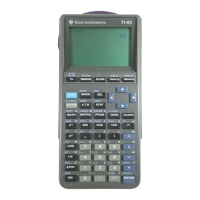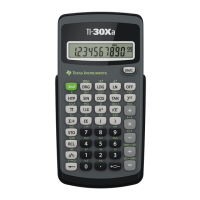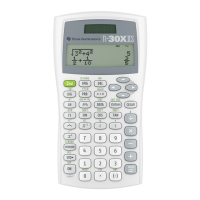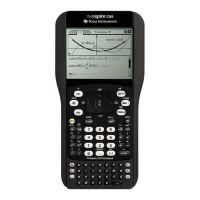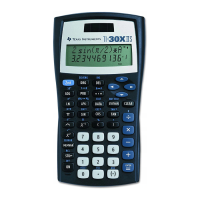−
a
2
+b
2
(
a
2
+b
2
)
2
+
2$a$b
(
a
2
+b
2
)
2
i
If you fail to specify the variables as complex, you may not get the answer you expect. For example,
the derivative of the complex conjugate function conj() is undefined, yet
(conj(z),z)|z=a+bi
returns 1, which is not correct for complex z. This result comes about because the CAS assumes that z
is a real variable, performs the differentiation, then substitutes a+bi.
Even though the rules for complex differentiation are the same as those for real differentiation, the
criteria for complex differentiability are more stringent.
[6.8] Convert trigonometric expressions to exponential format
Trigonometric expressions can be expressed as powers of the natural logarithm base e. Hyperbolic
expressions can be easily converted to the equivalent exponential format with expand(). For example:
expand(cosh(t))
returns
e
t
2
+
1
2e
t
which is equivalent to the more common form
e
t
+e
−t
2
Other trigonometric functions can also be expressed in exponential form, but the results are more
complicated. The principle is to use complex numbers for the function arguments, then eliminate the
imaginary parts of the arguments. The procedure is:
1. Set the Complex Format mode to Polar.
2. Enter the trigonometric expression with the argument variables, using the "with" operator | to
assign complex numbers to the arguments in rectangular coordinates.
3. Replace the imaginary components with zero to get the final result, using the "with" operator.
As an example, convert cos(x+y) to exponential format. Enter
cos(x+y)|x=a+b¡ and y=c+d¡
Note that x and y are replaced with complex numbers. The result is a sizable function of a, b, c and d.
Next, enter
ans(1)|b=0 and d=0
This eliminates the imaginary components of x and y. This also results in a big function, but it is only a
function of a and c. The result is in the general form of re
i*theta
, where r is the magnitude and theta is the
angle of the result. a corresponds to the original x, and c corresponds to the original y. To make this
substitution automatically, use this:
ans(1)|b=0 and d=0 and a=x and c=y
6 - 8

